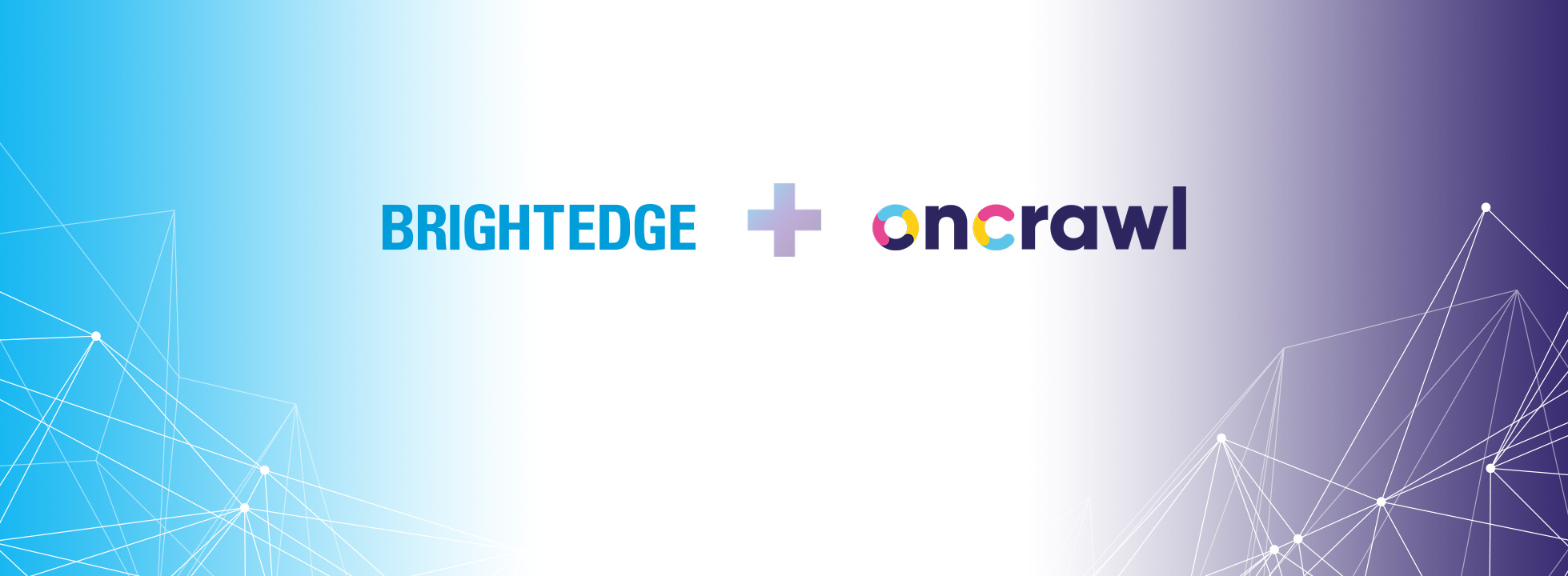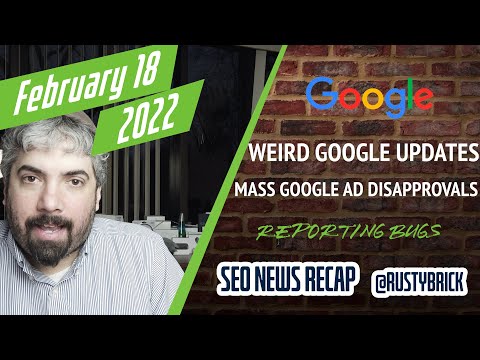
30-second summary:
- Since Google now focuses heavily on user experience, using data as a pillar to uncover consumer insights will drive your digital marketing success
- However, marketing teams still need to understand these sources and their areas of impact on the consumer’s experience
- Atul Jindal helps you cover the ground with his advice and case studies
Studies have shown that businesses using data-driven strategies experience five to eight times higher ROI. Conversion rate optimization (CRO) is a process that largely depends on data. The core focus for most CRO strategies is to use consumer data to make their customer journey smoother and experience better.
With search engines also increasing emphasis on user experience, we find a point where SEO strategies start to complement CRO strategies.
But your SEO tactics can truly augment your CRO efforts when driven by data.
In this article, I share six data-driven SEO strategies to supplement your CRO efforts.
From content audit to website personalization, read till the end to find out how you can boost your search engine rankings and conversions altogether!
Data-driven SEO strategies to supplement CRO
Data-driven strategies are online marketing tactics fueled by consumer data. Unlike traditional marketing strategies, data-driven strategies are based on data-backed hypotheses rather than assumptions.
This reliance on solid data makes such strategies the star of the modern marketing world.
Here are six data-driven SEO strategies to make your CRO efforts more promising:
1. Website analysis and optimization
Website analysis is a process through which you test various elements of your website. It analyzes the overall performance of your website and highlights areas of improvement.
The elements that web analysis takes into account include the website’s on-page optimization and technical SEO, finding out about the keywords it ranks for, and what rank it has for different keywords.
Using various web analytics tools, this process also uncovers sources where your website gets traffic from, highlights the flaws in your website’s usability and UX, and provides the basis for the website’s load speed optimization.
Through all of these elements, it helps in enhancing your website’s overall user experience and contributes towards conversion rate optimization.
Additionally, it also provides your web traffic’s demographic and interest data, enabling you to optimize the website for a more relevant user experience.
Google Analytics is the most comprehensive and reliable tool to support your website analysis and optimization efforts. It integrates with your website and tracks all the data you need to optimize your website for an enhanced user experience.
A leading marketing automation software company experienced 10x higher conversion rates when they integrated their native real-time personalization tool with Google Analytics to use the personalization data. This was paired with the Google Analytics information to serve personalized remarketing ads through Google AdWords.
Not only did they experience higher conversion rates, but with the effective use of web analytics data, like demographic and behavior information, they also experienced a 107 percent YoY increase in qualified leads.
2. Content analysis and optimization
Content analysis is similar to website analysis, but instead of testing your website’s technical elements, it analyzes your website’s content and overall content strategy to uncover areas of improvement.
Conversion rates are almost six times higher for businesses that invest in content marketing. But results like this manifest only when your website brims with optimized content.
The purpose of your content is to compel users to take the desired action, or in other words, convert.
Content analysis finds out how well it serves this purpose.
You can uncover various metrics with content analysis, like which content type is the most popular among your audience, which content is bringing you closer to your marketing objectives, and which needs more work.
For example, a marketing optimization software company may have blogs and case studies in its content strategy. Their web analytics may reveal that case studies drive more conversions while blogs get the most social shares.
With its content marketing objective being increased conversions, content analysis will help them focus more on publishing more case studies.
An effective content analysis will also uncover whether or not your content matches the search intent of your target search queries. And therefore, whether or not you need to find new SEO keywords and re-optimize. If your content doesn’t match the search intent perfectly, even if it gets traffic, those users will not convert.
So, in essence, content analysis will help increase conversions by helping you create content that is proven to drive results. It will also help save time and resources from being spent on less-profitable strategies.
Here’s a case study discussing how changing content on your website can reflect a spike in revenue.
Brookdaleliving.com, a website offering community living solutions for the elderly, had a disappointing website conversion rate. But then, their website had nothing that would drive conversions.
The digital marketing experts they hired revamped their website and tested two different content types on their landing page – an image and a testimonial video – to see which one performs better.
Ironically, the web page with an image drove 3.92 percent higher conversions than the original page. This may seem like a small increment, but it resulted in additional revenue of $106,000.
3. Website design optimization
Tests like usability testing and A/B testing provide the data that drives website design optimization to improve a website’s design and enhance its user experience.
The purpose of CRO is to make the user journey smoother and experience better.
Website design optimization supports CRO by removing frictions in the buyer’s journey and making it easier for them to accomplish their goals.
But there are a couple of best practices the website design must adhere to to ensure that it really contributes to your CRO efforts.
- The design should be simple and somewhat similar to what the users are accustomed to
- The navigation bar should be designed intuitively, with the user’s search intent in mind, so they can quickly find what they came looking for
- The content arrangement should follow proven design techniques that enhance content readability and value delivery
For your web design to truly serve your business, you will have to continue to test various combinations of website elements, their placements, and designs.
Regardless of how you go about your web design, making the target audience’s journey easier should be at the heart of all your efforts.
Trucker Reports, a trucker’s community that helps truck drivers find jobs, struggled with low conversions.
The CRO experts they hired performed a web design audit and discovered multiple opportunities. Based on these opportunities, they tested different hypotheses.
They tested three different designs against the original ones in their final test and found out that the final design had 79.3 percent higher conversions.
Do you know why?
Because this last design had the least friction and made it easier for the users to convert.
4. Audience analysis
Audience analysis, commonly known as audience research, is the process through which you dig up information about your prospects so you can develop targeted marketing campaigns.
Since user experience is a massive part of SEO and CRO alike, audience analysis holds an important place as a data-driven SEO strategy for conversion rate optimization.
This process uncovers a wide variety of data, from core demographic information like age, gender, marital status, income, education, etc., to online behavior, internal and external challenges, and more.
Audience analysis helps develop a buyer persona, which then becomes the foundation of a highly-targeted marketing campaign.
Audience analysis is a core element of a successful CRO campaign because it makes your website relevant to the users. You find out about their pain points and struggles and are better equipped to address them through your content.
This shows that you care about your customers and inevitably builds trust between your brand and its prospects. Given that the modern customer prioritizes their connection with the brand when making purchase decisions, this bond of trust and reliability results in higher conversions.
Data-backed audience analysis also allows you to segment your audience based on their demographic information and interest. With this level of segmentation, you spend your efforts and resources on people you know matter to your business.
This is why studies indicate a 56 percent reduction in marketing costs for businesses that use audience analysis as a basis for all their marketing efforts.
5. Testing and optimization
Testing is the life of conversion rate optimization. You put samples of your content and design arrangements to test to see which one performs better and optimize using the results of these tests.
These tests are all data-driven, that is, they are based on hypotheses generated from existing data and provide insights into how valid the hypothesis is.
For example, data may show a higher conversion rate on websites with explainer videos. This forms the hypothesis of your test. So, you develop two different landing pages, one with a video and another with an image, to see which performs better. If the videos result in higher conversions, you know what to continue optimizing with!
You can perform different kinds of tests when optimizing websites for conversions. Two of the popular ones include usability testing and A/B or split testing.
Search engines also recommend A/B and multivariate testing for SEO as it improves user experience, which search engines pursue in the websites they index.
NatureAir performed A/B testing on their landing page to increase conversions. One of the samples had a CTA on the side, while the other had a CTA prominently placed in the content area.
Once the test results were in, they found that placing CTA in the content area increases conversions by 591 percent!
That’s how potent A/B tests can be!
6. Website personalization
According to Google, 90 percent of marketers believe personalization results in business profitability. And why shouldn’t it? In an era with so many similar websites, a web page that offers a customized experience deserves to make better revenue.
Website personalization is a relatively complex process through which you can serve a unique experience to each visitor. These experiences are designed based on consumer data, including their demographic data, interests, search history, and online behavior.
75 percent of consumers prefer that online sellers use personal information to enhance shopping experiences.
People want you to make shopping easier for them, adding a personalized product recommendation on your website will help improve your user experience and could boost sales. They don’t want to go out and search for what they want. They want you to know what they need and bring it to them. And that’s what website personalization empowers you to do.
It improves overall website experience, lowers bounce rates, boosts SEO, and of course, increases conversions.
Serving dynamic content makes the customer’s experience more intuitive and relevant. It lets you put out the content that interests them the most, and hence, contributes to better revenue.
Conclusion
The goal of an SEO and a CRO campaign have become somewhat similar ever since search engines have started giving value to user experience.
There are many SEO strategies focused on improving UX. And these strategies, when backed by data, can lead to increased conversion rates.
Therefore, I have discussed some of the most promising data-driven SEO strategies that can drive conversions in this article.
But the true results of a strategy depend on how well you implement it. So, ramp up your data analysis game, derive insights, implement them, and optimize your strategies for better results.
Atul Jindal is a web design and marketing specialist, having interests in doing websites/apps optimized for SEO with a core focus on conversion optimization. He creates web experiences that bring conversations and transform web traffic into paying customers or leads.
Subscribe to the Search Engine Watch newsletter for insights on SEO, the search landscape, search marketing, digital marketing, leadership, podcasts, and more.
Join the conversation with us on LinkedIn and Twitter.










